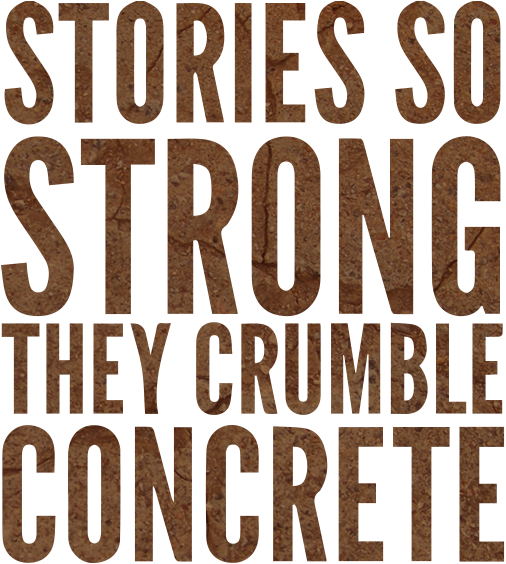activism
Where Love Flies Free: Women, Home, and Writing in Cook County Jail
by Ann Folwell Stanford

In this essay, Stanford weaves writing by her students at Cook County Jail into a meditation on the meaning of home and the impact of incarceration on all of us.
activism community prison-life programs-in-prison
Scott Sisters: Mississippi Justice
by NAACP & Solitary Watch

Last year NAACP campaigned a petition to help free the Scott sisters. They were freed, but still face many challenges. See the petition and a current story on the release of the Scott sisters as well as links to more information about their story.
activism prison-industrial-complex racism state-violence
Invisibility of Women Prisoner Resistance
by Victoria Law
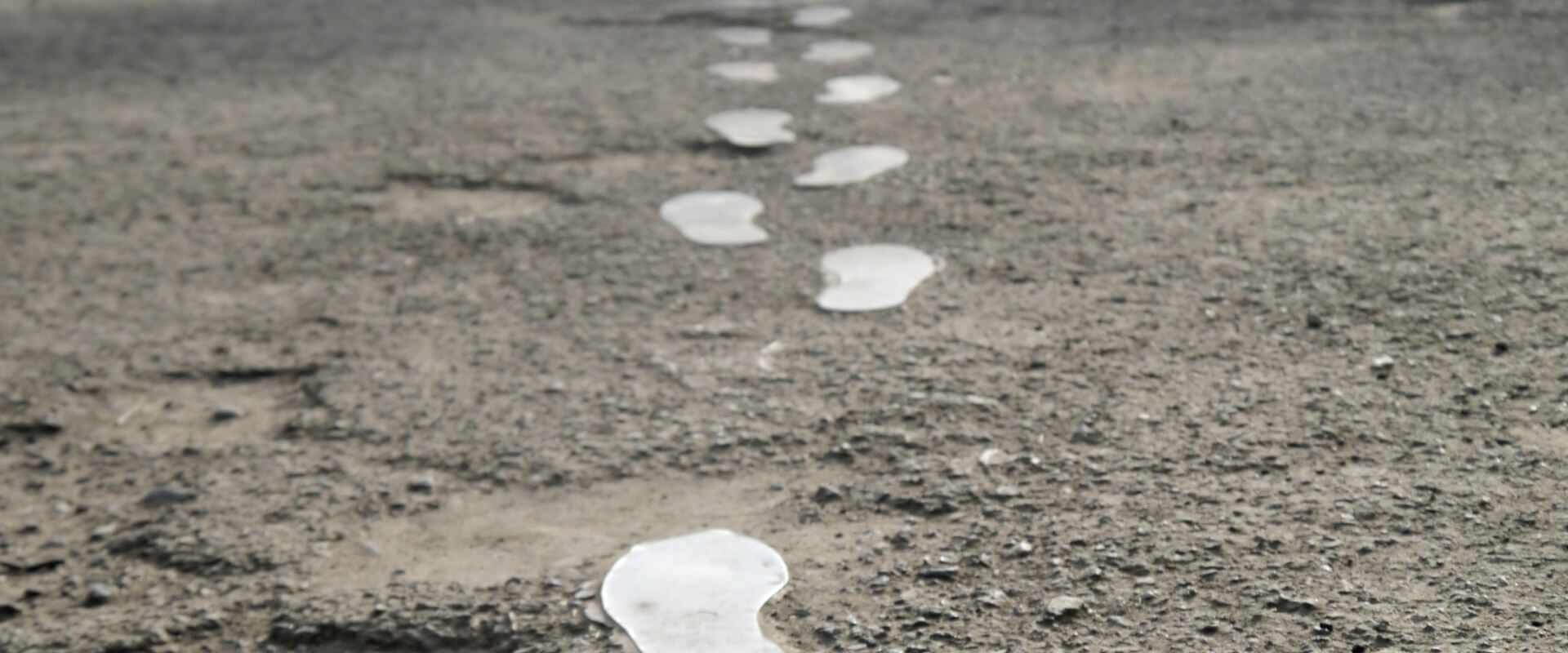
Victoria Law’s research indicates that women prisoners are even more overlooked by mainstream society than their male counterparts. She explains how their struggles to improve their health care, abolish sexual, maintain contact with their children and efforts to further their education have been ignored or dismissed by those studying the prison-industrial complex.
activism movement-building prison-life prison-industrial-complex
Excerpt — Inside This Place, Not of It: Narratives From Women’s Prisons
by Ayelet Waldman & Robin Levi
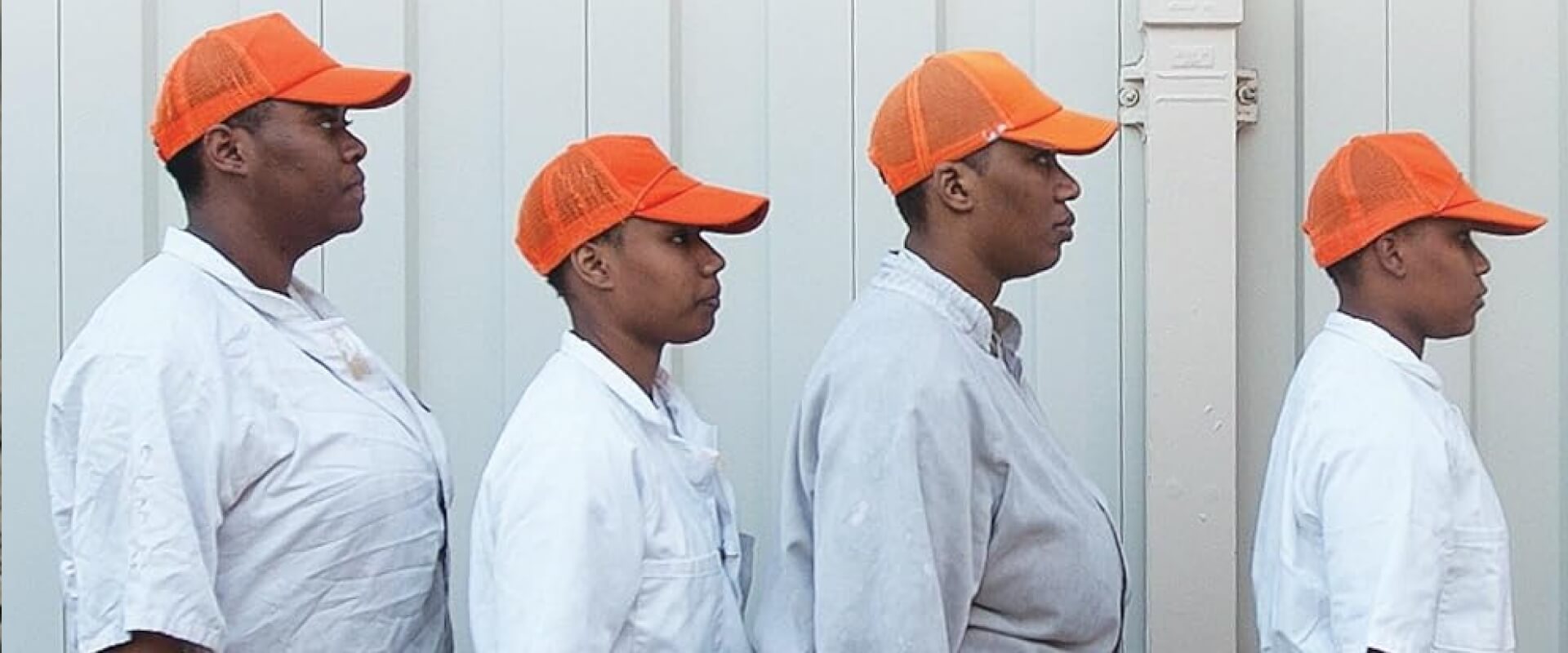
Sarah Chase’s narrative is one of the oral histories that appears in the forthcoming book Inside This Place, Not of It: Narratives from Women’s Prisons. Edited by Ayelet Waldman and Robin Levi, Inside This Place will be available in stores in October 2011 from Voice of Witness. The ninth title in the Voice of Witness series, Inside This Place reveals some of the most egregious human rights violations within women’s prisons in the United States. In their own words, the thirteen narrators in this book recount their lives leading up to incarceration and their experiences inside—ranging from forced sterilization and shackling during childbirth, to physical and sexual abuse by prison staff. Together, their testimonies illustrate the harrowing struggles for survival that women in prison must endure. To learn more about the Voice of Witness book series and oral history projects, go here.
activism gender personal-narrative
How the Criminal Justice System Uses Domestic Violence Programs Against Native Women
by Andrea Smith
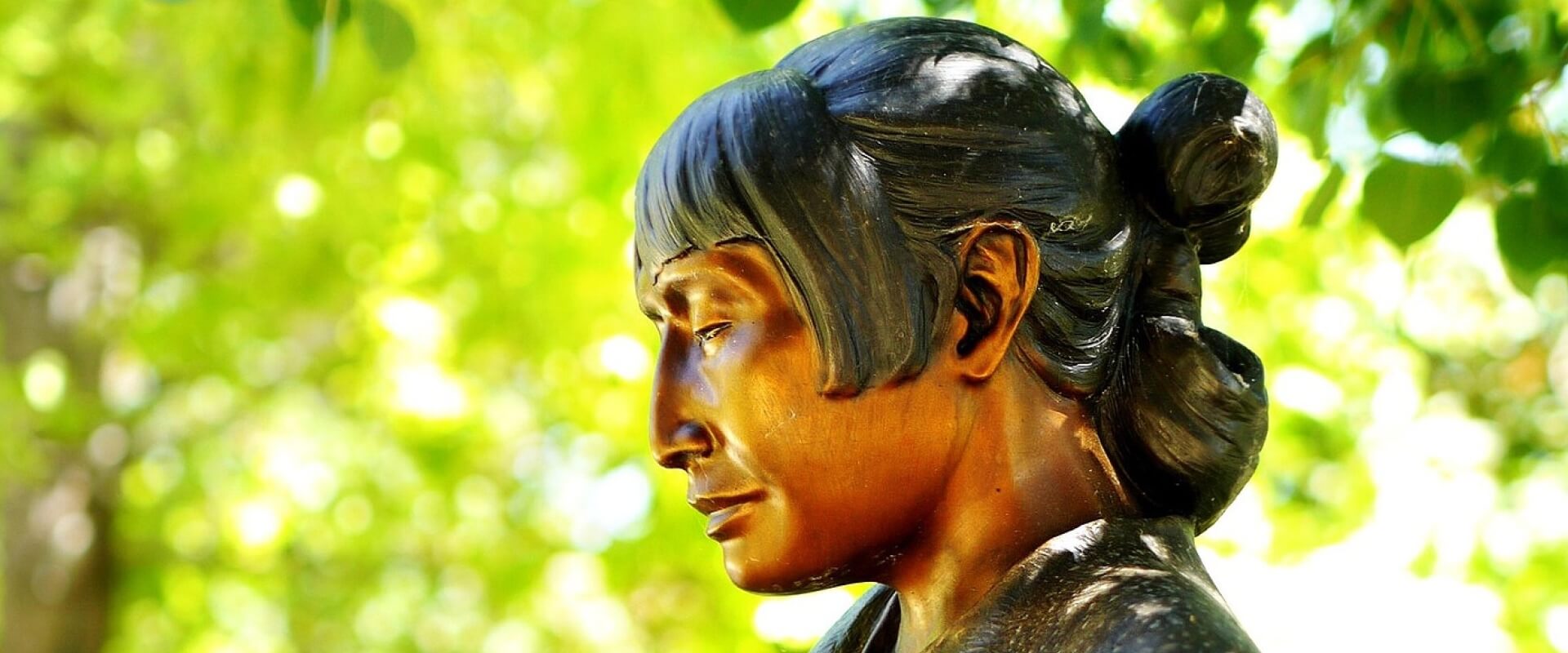
In this long article, Smith discusses criminal justice responses to Native American women’s experiences of violence, questioning the effectiveness of relying on the state for responses to violence given the overwhelming evidence of continuing state violence towards Native American communities. In Part Two, Smith then discusses alternative responses to violence. Smith concludes in Part Three with an overview of effective organizing campaigns working to end both state and interpersonal violence against women of color.
activism domestic-violence native-american-prisoners racism
From Montgomery to Los Angeles and Beyond: Formerly Incarcerated People Building a Movement
by Dorsey Nunn & Kenneth Glasgow

Would you feel like a full citizen if most of your civil and human rights were denied you? If the privileges afforded to community members were withheld from you, would you feel like a welcome member of the community? Probably not.
activism community family
Forms of Resistance to the Prison-Industrial Complex
by Pilar Maschi
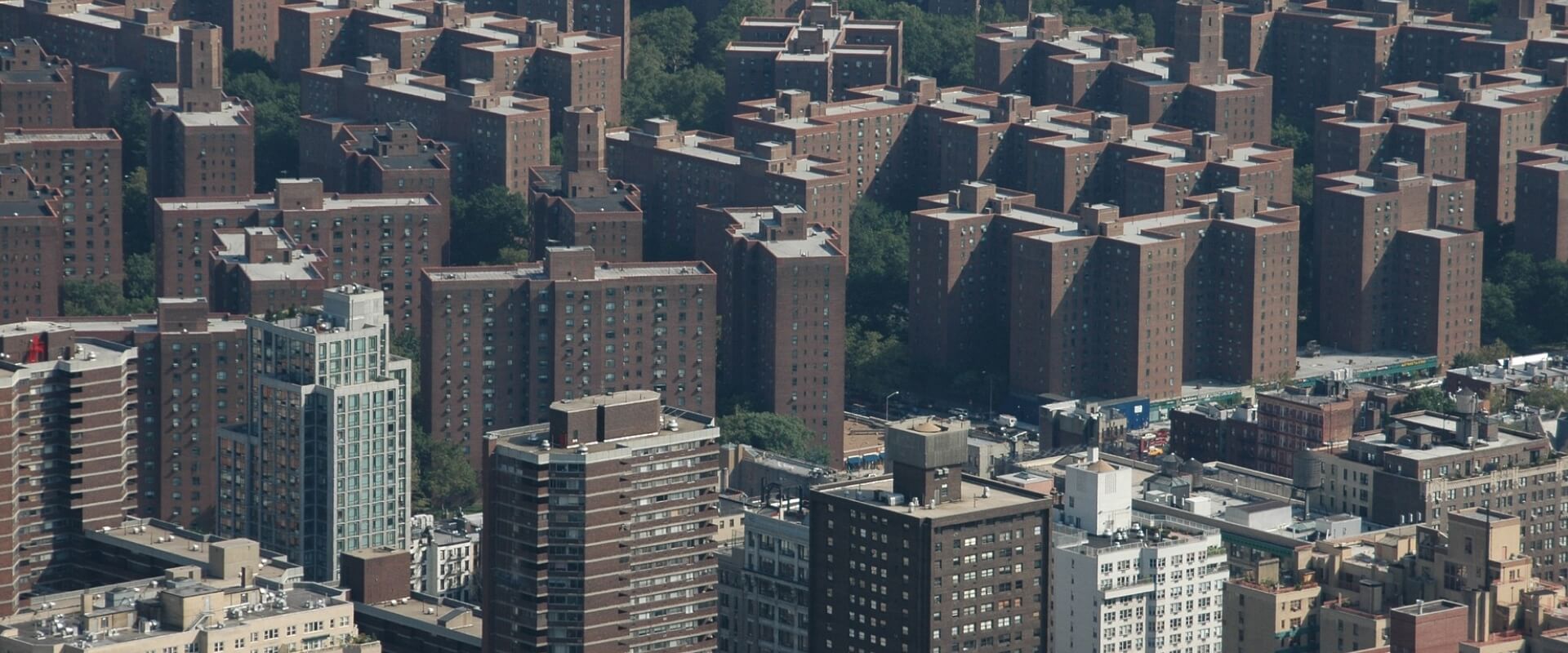
In Maschi’s opening statement from a panel discussion that occured as a part of 2004’s Voices in Time, Lives in Limbo installation in Chicago, she discusses her work with Critical Resistance and her understanding of various forms of resistance to mass incarceration. Maschi also challenges the Therapeutic Community model of recovery, arguing that recovery is a collective process that includes multiple forms of resistance to a society that does not benefit poor, queer, or indigenous people, people of color, or immigrants.
abolition activism movement-building
Armageddon Now
by Sara Olson

I try to reach out through writing and talking with people within the prison. That is what, it seems to me, any activist must do: educate and organize as creatively as possible under any circumstances one might face.
activism movement-building public-policy
Life In Hell: In California Prisons, An Unconventional Gender Identity Can Be Like An Added Sentence
by Tali Woodward
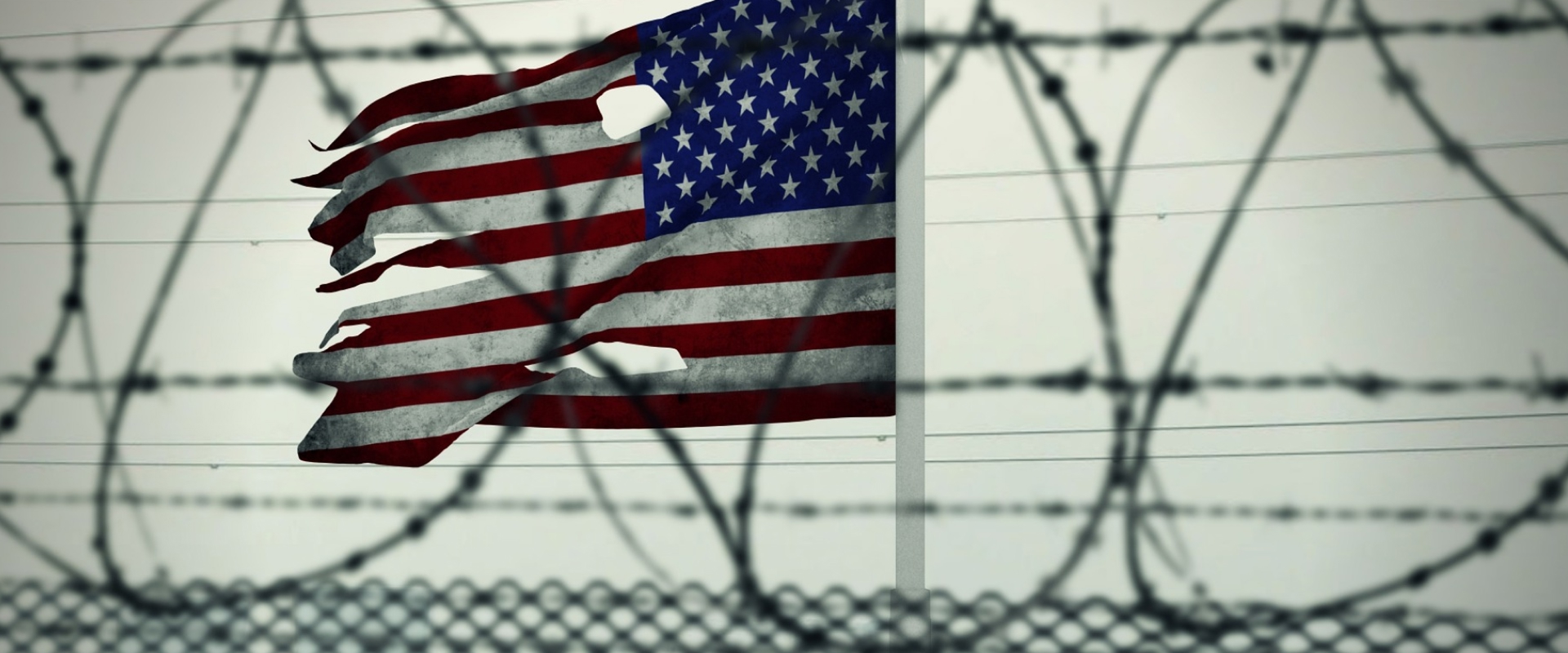
This article by Tali Woodward discusses the sexual assault of trans women and gender-variant people housed in men’s prisons, as well as the efforts of trans women housed in the California Medical Facility in organizing against sexual violence.
activism sexual-violence transgender
Fighting the 'Labia Lift'
by Krystal Voss
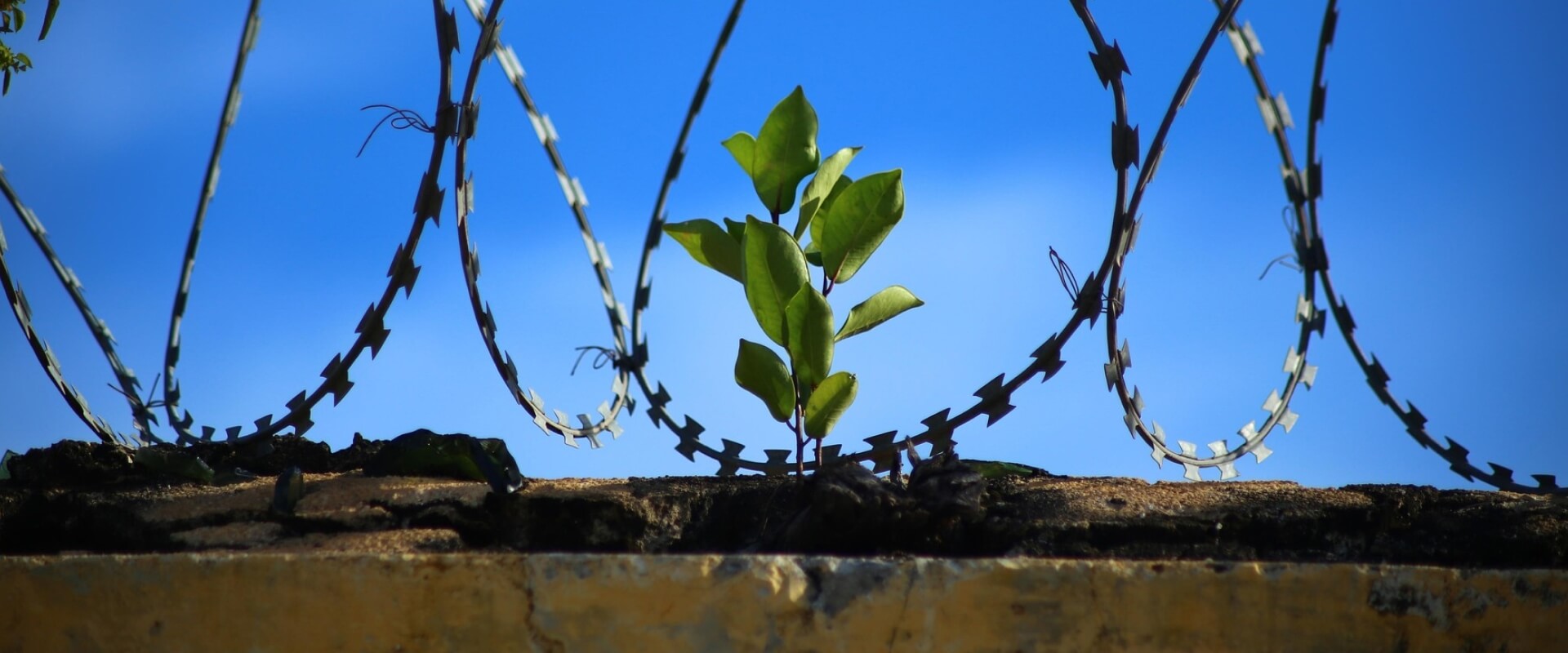
Colorado prisoner Krystal Voss tells about the invasive strip search policy at the Denver Women’s Correctional Center. During routine strip searches, women are required to spread their labia to allow staff to search for contraband.
activism guard-prisoner-relations personal-narrative prison-life prison-industrial-complex sexual-harassment
Interview with Brenda Myers
by Brenda Myers
In this interview, Brenda explains how being sexually abused as a child contributed to her involvement in the sex industry as she got older. Beginning as a dancer in clubs, she eventually ended up working on the street where she was more vulnerable to abuse by her customers. After one particularly traumatic experience, Brenda decided to leave prostitution and currently works as an H.I.V. prevention specialist. From her 25 years as a sex worker and her current involvement in the Prostitution Awareness Round Table, Brenda offers remarkable insight into the various forms of prostitution in the city of Chicago.
activism prostitution sexual-violence
Where Abolition Meets Action: Women Organizing Against Gender Violence
by Victoria Law
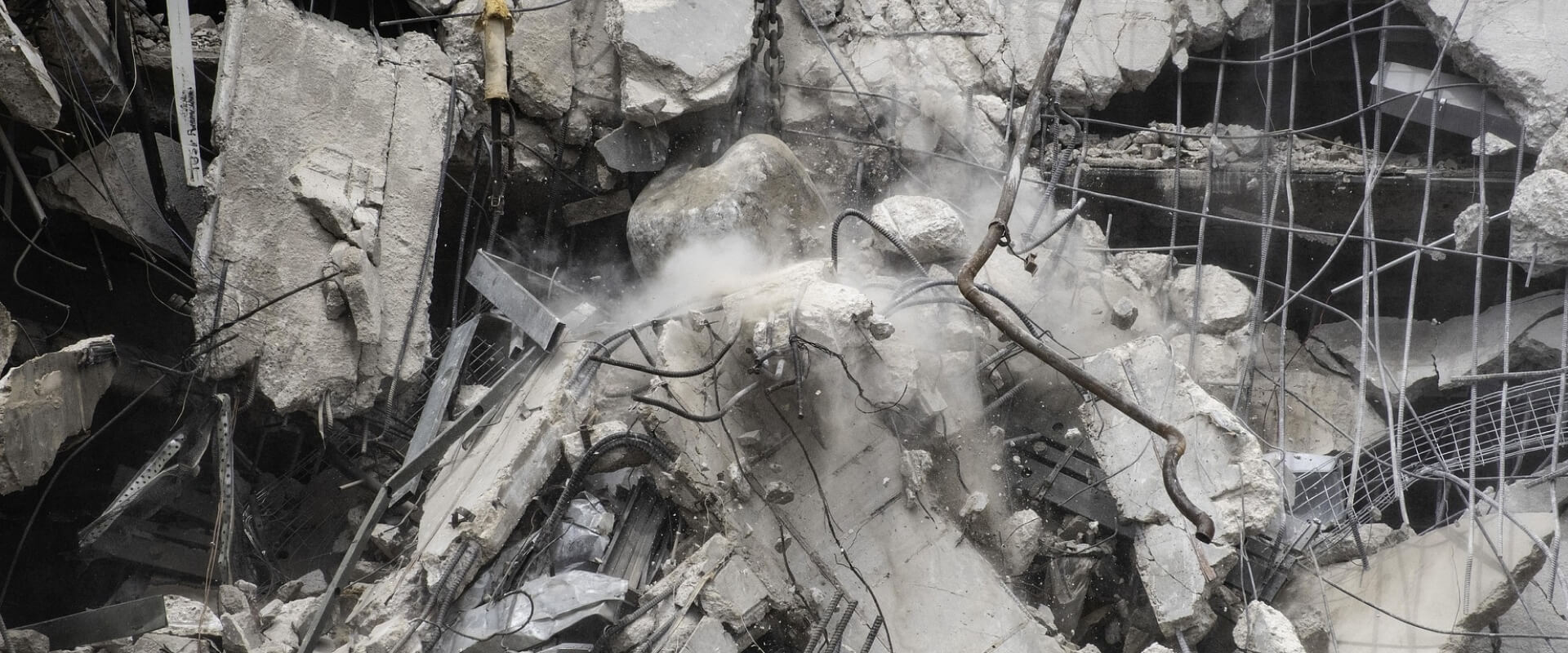
The last decade has seen a growing movement toward abolishing prisons. At the same time, antiviolence organizers have called on prison abolitionists to take the issue of gender violence seriously and to develop initiatives to address it in the context of prison abolition. Fueled by increasing recognition that women of color, immigrant, queer, transgender, poor, and other marginalized women are often further brutalized – rather than protected – by the police, grassroots groups, and activists throughout the world, are organizing community alternatives to calling 911. Such initiatives, however, are not new. Throughout history, women have acted and organized to ensure their own and their loved ones’ safety. This article, which originally appeared in the journal Contemporary Justice Review, examines both past and present models of women’s community self-defense practices against interpersonal violence.
abolition activism gender sexual-violence
Surviving Solitary
by Laura Whitehorn

Laura Whitehorn wrote this letter in March 1997 as a part of a packet for the National Campaign to Stop Control Unit Prisons, discussing the tactics she used to survive in a control unit.
activism control-units political-prisoners prison-life
A Case of Battered Justice: Theresa Cruz fighting Domestic Violence and State Violence
by Diana Block
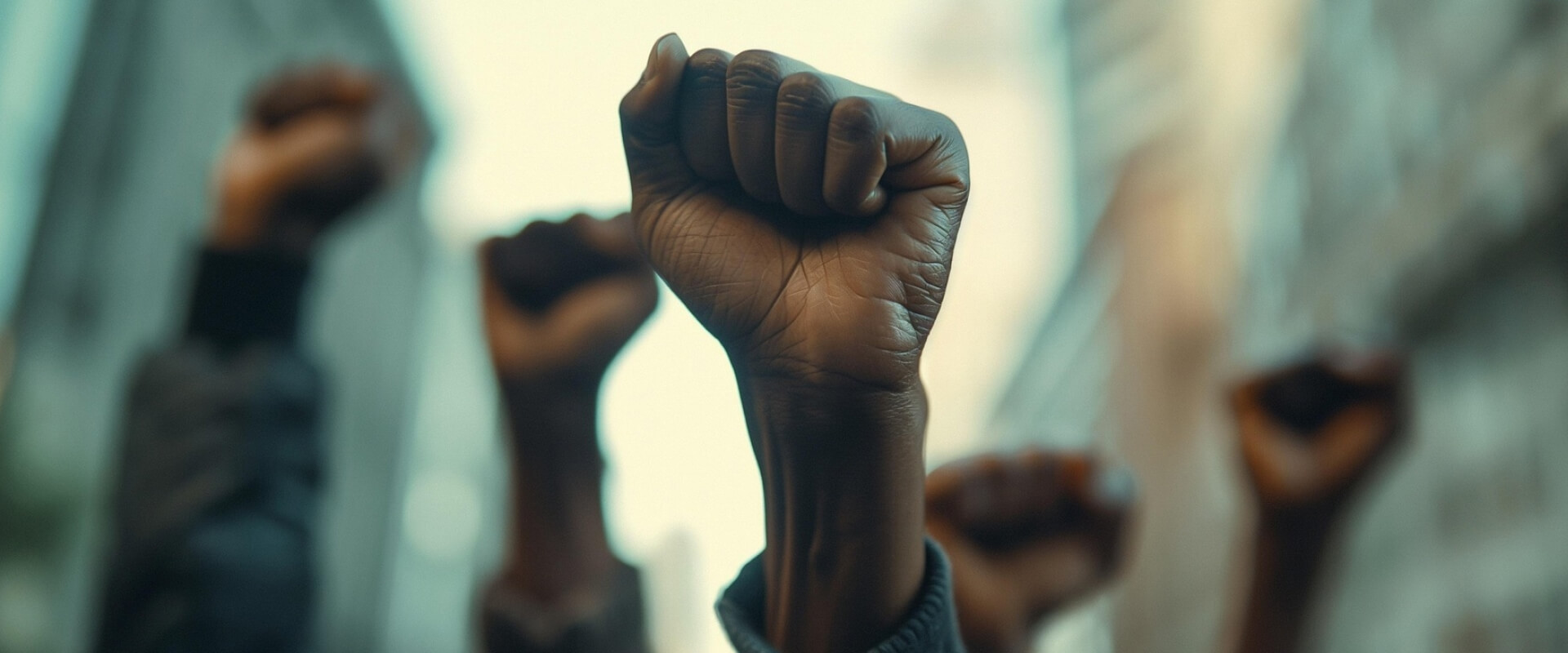
This article is a story about Theresa Cruz, a woman who was sentenced to seven years to life after allegedly planning the murder of a man who had abused and stalked her for five years. Cruz’s case is reviewed and for a short period of time she is released, only to be placed back into prison two weeks later. Cruz’s experience is an example of what many battered women have had to face in challenging the law.
activism court-advocacy domestic-violence
A Message to Trafficking Victims that Their Lives Matter
by Rachel Lloyd

Sara Kruzan was 16 years old when she was charged with killing her 31-year-old pimp, a man who had been grooming her since she was 11 years old and trafficking her since she was 13. Now 32, Sara has grown up in prison. Her clemency petition has been submitted to Gov. Schwartzenegger. Rachel Lloyd talks about Sara’s case and the importance of the Trafficking Victims Protection Act. Sign the petition to support Sara’s release.
activism prostitution sexual-violence state-violence
United Nations Committee on the Elimination of Discrimination Against Women
by Bonnie Kerness
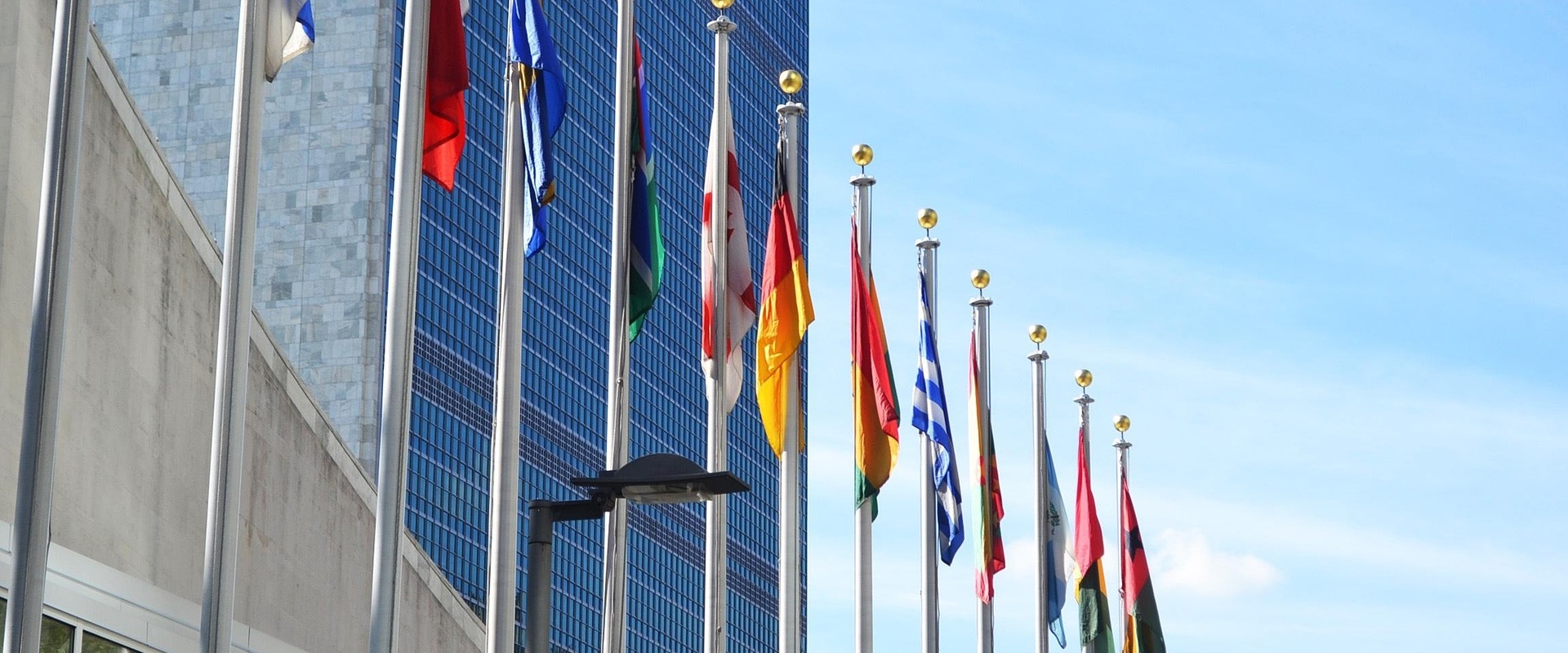
These past years hve been full of thousands of calls and complaints of increasingly distrubing nature from prisoners and their families throughout the United States. The proportion of those complaints coming from women has risen, with women describing conditions of confinement, which are torture.
activism community movement-building prison-life prison-industrial-complex public-policy racism sexual-violence state-violence
The Condition in Women's Prisons
by Sara Olson
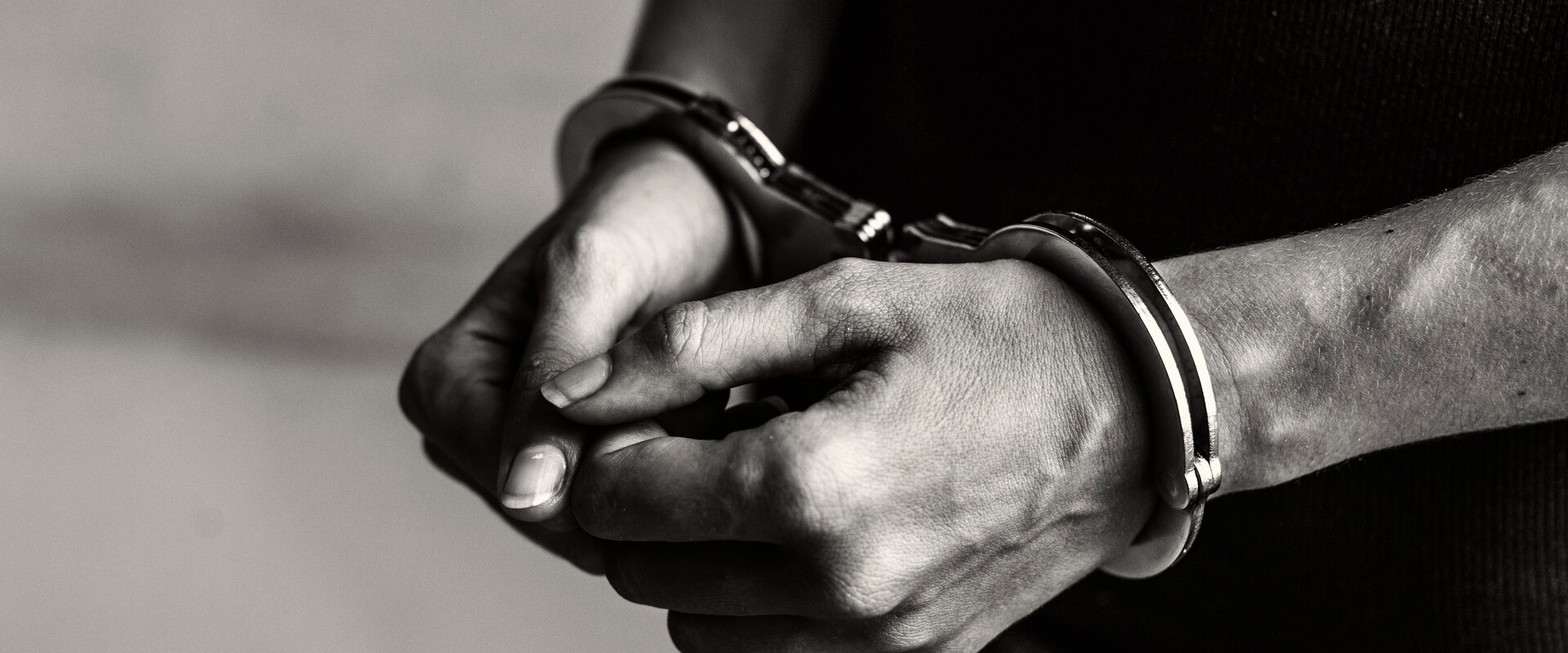
Today in California, there are 22,000 women, inmates and parolees, whose convictions are for, on the whole, non-violent and drug-related crimes. Women normally plea-bargain their cases. Even for violent crimes, we are usually sentenced as aiders and abettors. Because we are fallen women, our sentences tend to be longer than those for men convicted of the same crimes. When it comes to murder, women primarily kill abusers who have been torturing them for many years. Public financing for women’s prisons is money misspent.
abolition activism gender movement-building prison-life prison-industrial-complex public-policy
Why Does Popular Culture Treat Prison Rape As a Joke?
by Anna Clark

There's no soap-dropping counterpart "joke" referring to the abuse of female inmates. Ultimately, these distorted punch-line/silence memes enforce each other and perpetuate the reality of prison rape.
activism guard-prisoner-relations prison-life prison-industrial-complex sexual-harassment sexual-violence
Environmental Essay
by Sara Olson

The systems of federal and state and corporate imprisonment, the Prison/Industrial Complex, are growth industries in the United States. While there has been much attention worldwide to the human rights travesty of massive American incarceration, criticism has brought no reduction, only growth in the numbers. Incarceration is aimed at a certain group of people Blacks, Latinos, and the poor.
abolition activism gender movement-building prison-life prison-industrial-complex public-policy
Why A Book About Women In Prison: (Excerpt From Women Behind Bars) 'Health Care Can Be Deadly'
by Silja Talvi

This question is entirely valid, the deeper I began to delve into the underlying reasons for the rapid growth of girls and women in lock-up, the more insight I gained into a world that few outsiders see, much less understand. Once I began to pay particularly close attention to the ways in which females in the criminal justice system were portrayed in the media, it became clear to me that stereotypes and judgments about “fallen women” from centuries ago were still holding fast.
activism health movement-building prison-life
Michelle Alexander Speaks at 25th Anniversary Celebration for CLAIM
by Michelle Alexander
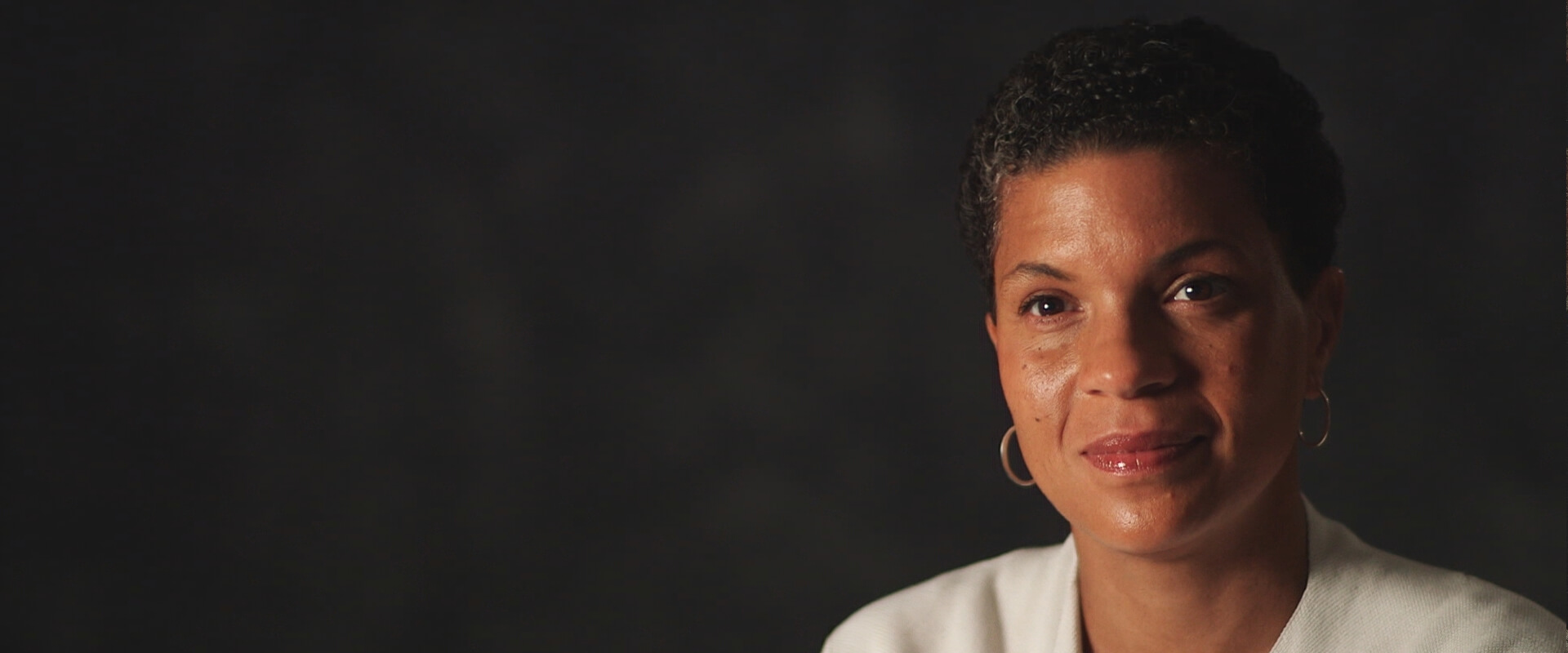
Michelle Alexander is an associate professor of law at Ohio State University and a civil rights advocate, who has litigated numerous class action discrimination cases and has worked on criminal justice reform issues. Also a legal scholar, Alexander recently published her first book The New Jim Crow: Mass Incarceration in the Age of Colorblindness. In it, she examines the intersections between racism, mass incarceration, and the War on Drugs, illustrating their devastating consequences. Megan Bernard's recent review of the book can be found on the Prison Communication, Activism, Research, and Education Collective (P-CARE) blog. Another review, published by COLORLINES, examines how Alexander places contemporary incarceration statistics in historical perspective.
activism motherhood movement-building
Dorothy Roberts Speaks at 25th Anniversary Celebration for CLAIM
by Dorothy Roberts
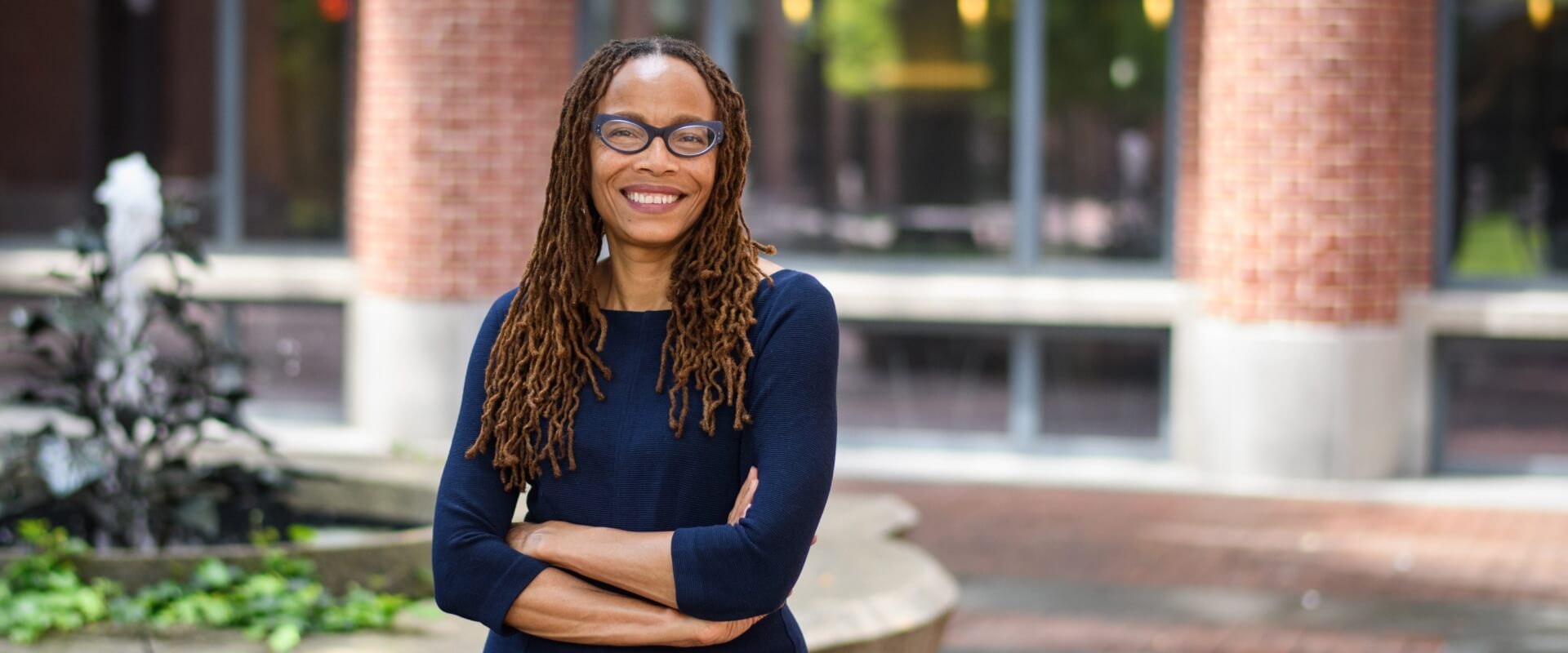
Author, lecturer, speaker and lawyer Dorothy Roberts spoke at the 25th anniversary celebration for Chicago Legal Advocacy for Incarcerated Mothers (CLAIM). Her lecture can be seen in the following clip.
activism motherhood movement-building
Bill of Health Rights for Incarcerated Girls
by Girl Talk & Health and Medicine Policy Research Group
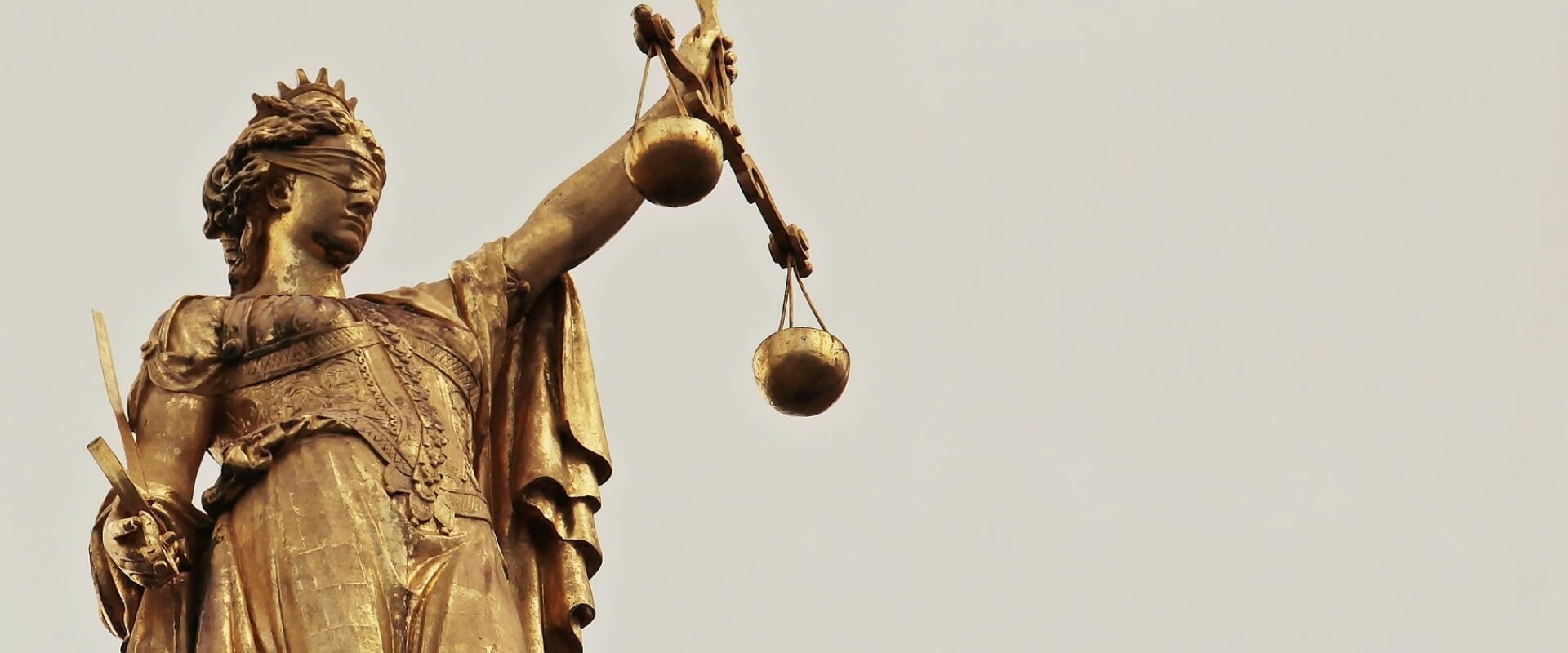
This bill of rights was created through a participatory research and action project by young women who were incarcerated in Cook County’s Juvenile Temporary Detention Center. It has been used to support young women’s work to improve conditions within the detention center.
activism health juvenile-justice
Giving Birth in Chains - The Shackling of Incarcerated Women During Labor and Delivery
by Anna Clark

As birthing choices are increasingly prominent in the public conversation, pregnant women are more and more empowered to decide what sort of care is right for their bodies and their child.Not so for pregnant women who are incarcerated. Not only are their decisions about care restricted, but many incarcerated pregnant women are physically restricted while giving birth: during labor and delivery, they are shackled.

